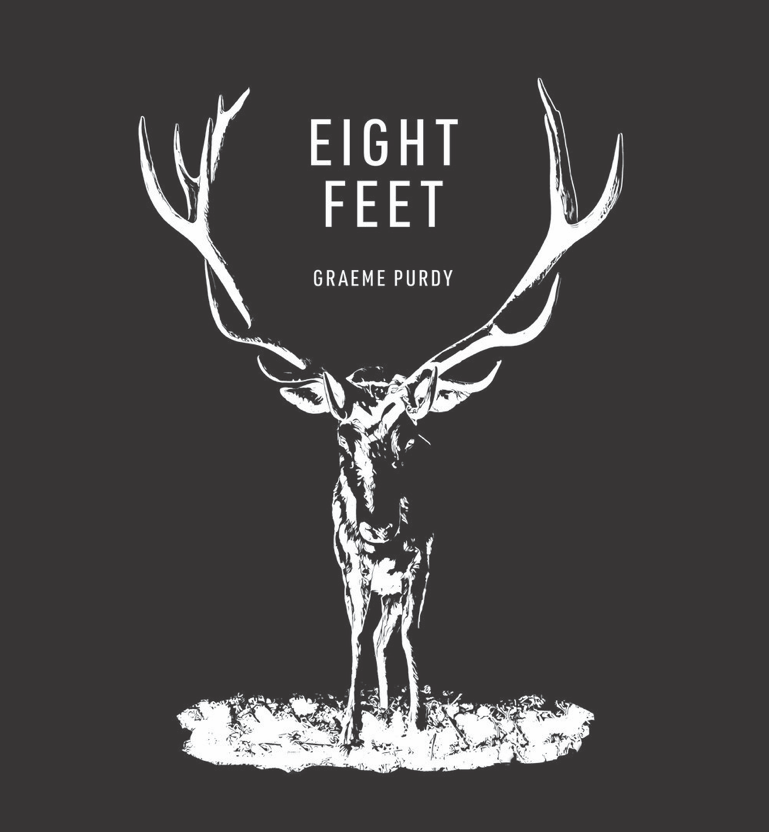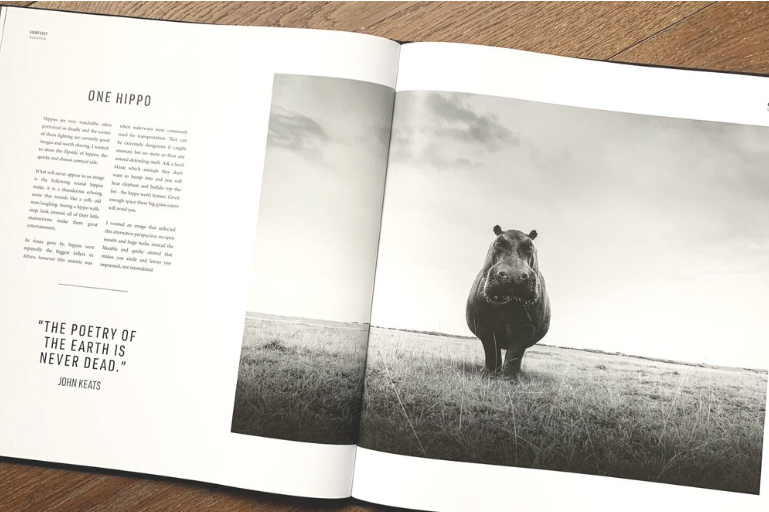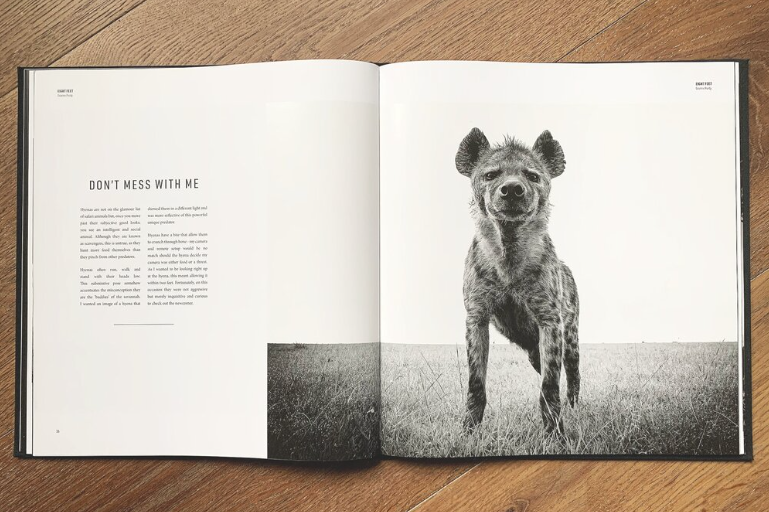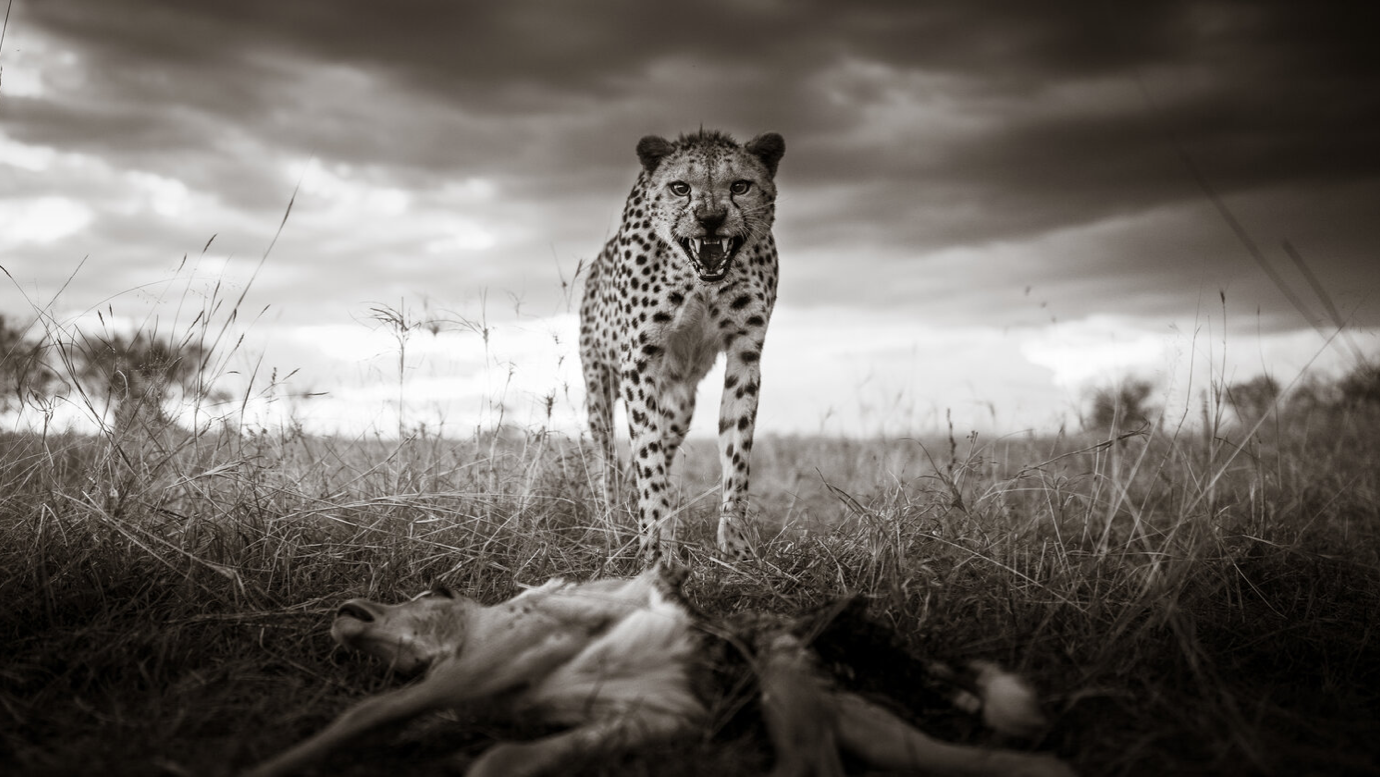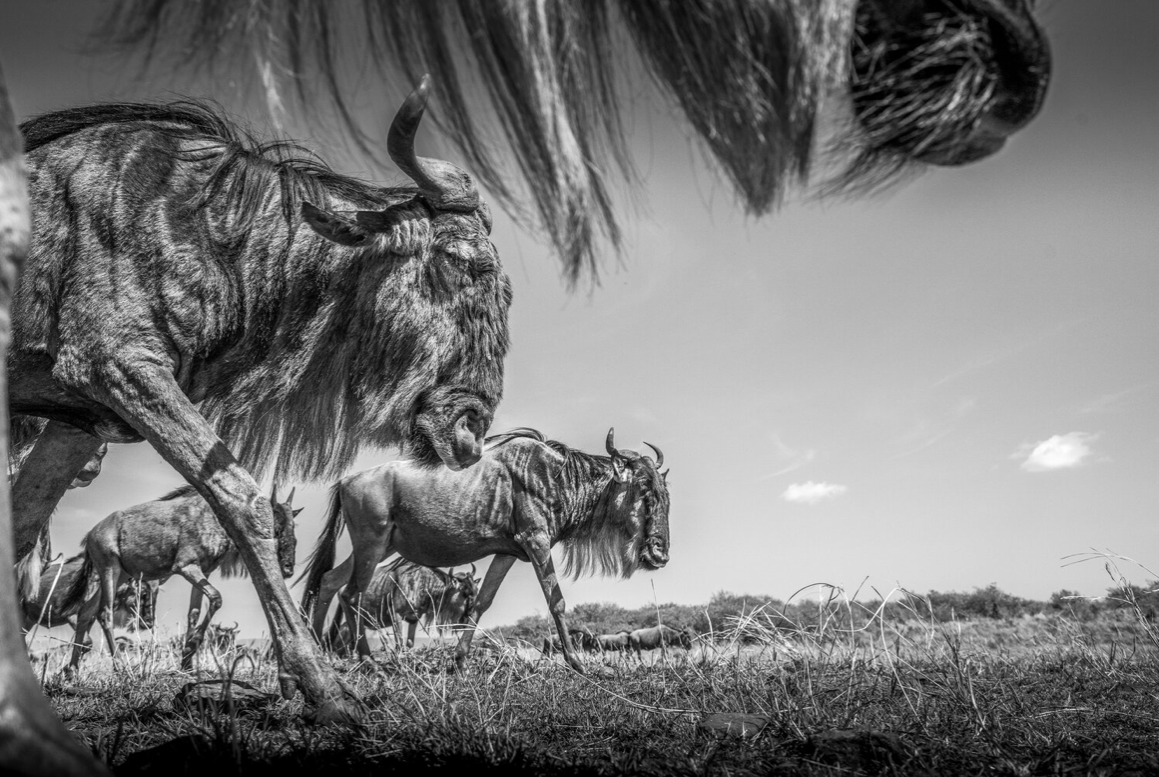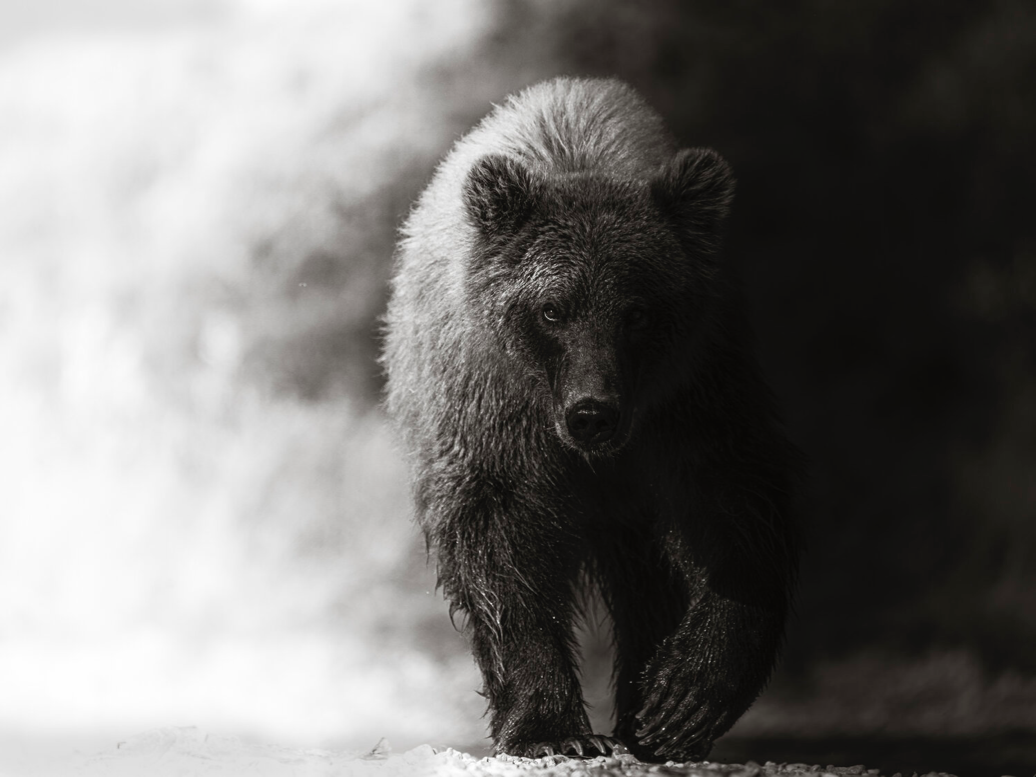Q&A with: Graeme Purdy, Sony World Photography Awards finalist
Graeme Purdy is a world renowned wildlife photographer driven by going the extra mile. His latest collection, Eight Feet, named so because that’s how far his camera was from each of his subjects, was a finalist in the Sony World Photography Awards and he tells me more about his innovative work here…
You’ve just been announced as a finalist in the Sony World Photography Awards, a lot of your images were taken on cameras controlled remotely, a technique you utilise regularly, what got you first interested in this kind of photography?
Yes, I've been using different styles of remote cameras for a number of years and ultimately it was driven by a desire to capture more unique images. For anyone that has tried this type of photography, they will know how challenging it is and this added complexity is something I enjoy, it certainly requires a tenacious personality and you learn quickly to accept failures along the way.
It is a never ending journey of problem solving and this goes beyond the camera side of things, you are entering the world of the animal, this must be done respectfully. Fieldcraft and knowledge of animal behaviour is crucial, as you are interacting with the wildlife you also see personalities shine through. A particularly grumpy buffalo, playful lion or friendly elephant can stand out, while if you were doing traditional long lens photography this is harder to see.
This clearly affords you a perspective almost totally unavailable to anyone photographing by hand, you then work mostly in black and white, has this always been a conscious choice and do you find it helps to try and stand out in an increasingly competitive industry?
In a similar way to my remote photography where I am trying to capture a different perspective I find the same with black & white photography. B&W allows me to express more creativity in an image. B&W is by default an abstraction on what we see day in and day out. By removing colour it creates a curiosity in the image. By removing the reference point of colour you can be more creative in editing. I found that the more I created B&W images the more I felt I was creating the images I wanted to see. It is nice when people say 'I knew that was one of yours', so I realise in hindsight that for any photographer to have a style or 'look' can help you stand out a little more.
Your work has taken you to Kenya, Uganda, Alaska, Central America and many other locatios, how do you choose what you’d like to photograph? What drives your decisions?
That's a good question, and the answer has changed quite a bit. I now place a high priority on creating opportunities that will lend themselves to unique images. If I am making images purely for fun then of course it would be different, I wouldn't torture myself with complexity and I would follow more well trodden paths.
Some species are particularly challenging to meet this brief, tigers are a good example, hard to find and very limited in how you can photograph them means tiger images are all quite similar and the main variable is 'who can spend the most time on location and wait for that one in a million moment'. There are few things more exhilarating than seeing a tiger in the wild, so it simply depends on your priorities. Mine is uniqueness, so tigers will have to wait. This also means the planning and prep for trips vastly outweighs the trip itself. I often start planning trips more than a year in advance, finding the right guide, time of year and shooting approach can often require a scouting trip to a location, then I start to get ideas - all in all the complexity and cost is a hundred times harder than using existing tourist infrastructure.
I have a copy of your brilliant book, Eight Feet, which supports National Park Rescue, can you elaborate on your partnership and how your work is helping them protect wildlife in Africa?
National Park Rescue are an incredible organisation, they have a holistic view of wildlife, environment and the local people. Only when all three are in sync does it work for all involved and the wildlife is safe from poaching and exploitation. I must admit when I first went to Africa in 2003 I took it for granted, my attitudes back then were all self serving. I was there to take photos and go home, over time I have realised, I think most of us have, that we need to be acting responsibly for the environment in our own homes as well as when we travel. So I now proactively search out opportunities to help conservation groups such as National Park Rescue.
Having been on a few shoots with you in Kenya, I’ve watched you rigorously working on analogue (film) imagery, particularly double exposures, providing really evocative results. You first got in to photography in a dark room at school, has this project stemmed from that first induction and are you looking to push this project further on future expeditions?
It started as a lockdown project to go back to film shooting and I wasn't sure where it would take me. It has been really great so far, though for shooting wildlife it has so many limitations it pushes your photography skills a lot. It makes the easy difficult and the difficult practically impossible... I think that's one big part of why I like it. Cameras have progressed so much in the digital era, I'd almost forgotten how much the camera does for us, yet it lacks a certain authenticity that you get in spades with a film camera.
I've learnt more about light in the last year shooting film than the rest of my photographic career combined. Lightroom can't save your mistakes from a film camera anywhere near as much as a digital camera. And yes, regarding double exposures, the process of making a double exposure is so wonderfully creative that taking a single image might take half a day and leave me mentally exhausted. There will be more to come for sure!
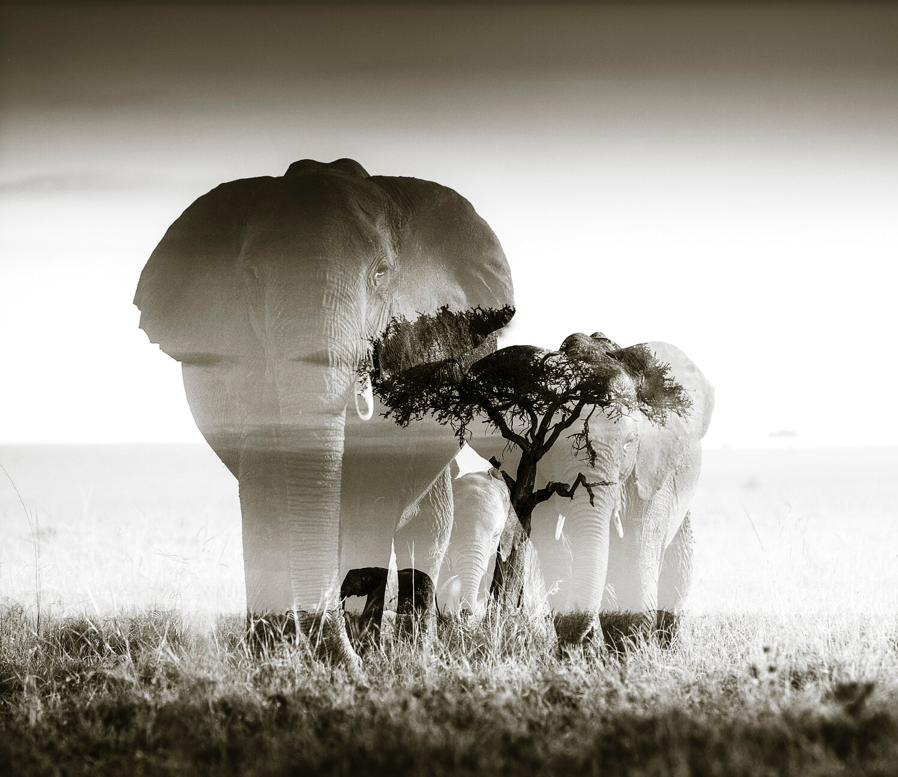
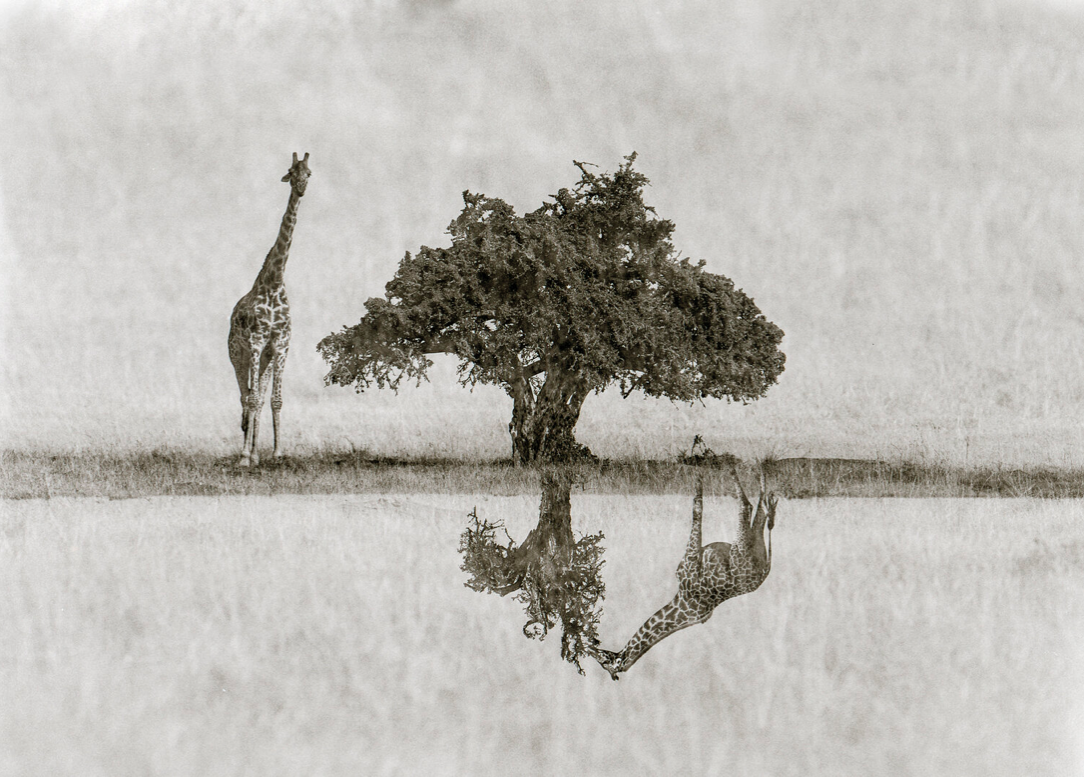
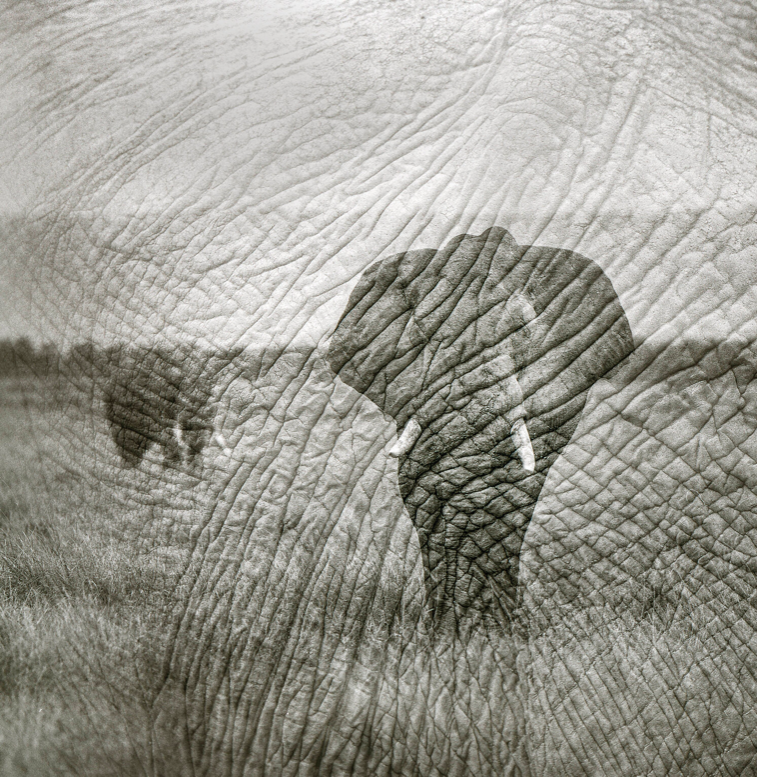
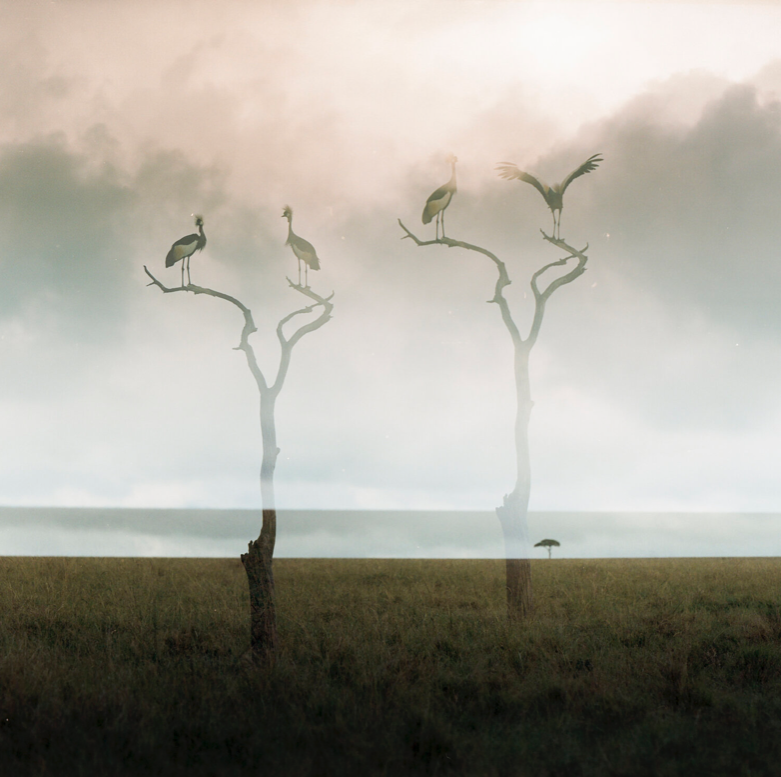
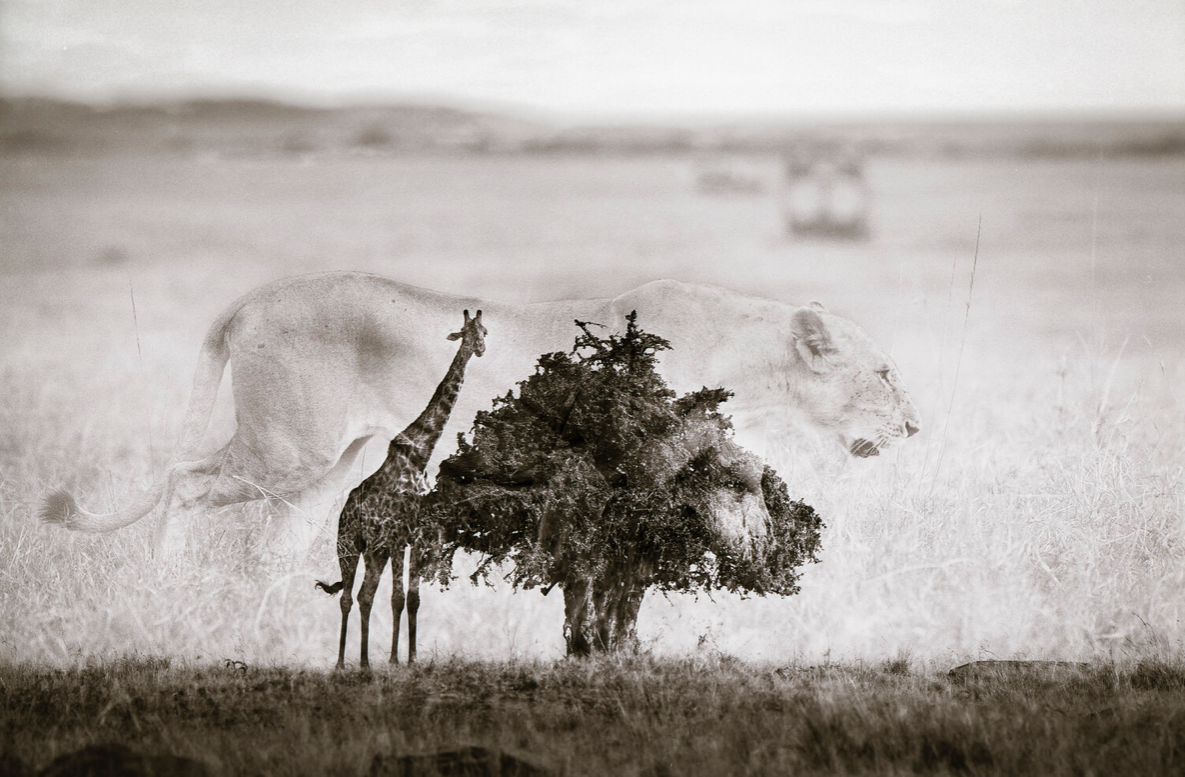
With travel restrictions limiting possibilities for wildlife photographers in the last 18 months, have you turned your mind to other projects and how have you found the change of pace working on something different?
It has certainly been a very different 18 months. As well as spending time with my film camera at home, when I've been fortunate enough to travel, I've also been winding the clock back and shooting more at home. I started a project with my local fox which I don't think I would have started if I'd had 'more glamorous' locations and species to photograph. It was a real blessing and I really enjoyed the creative process with this project. Even though the fox was being photographed just a few feet from my London apartment and was visiting every night, it was hugely difficult and it took 40 nights and 3500 images to get the shots I wanted. If ever I doubted why foxes are called cunning - I know now. I think I need to stick to species where I have an intellectual advantage, that fox had me changing my setup every night.
As and when we can all get on the road again, where is the first place you’re headed? Somewhere new or an old favourite?
Well that depends, I've no plans to return to Africa this year, which is tough for me. I've been to Africa at least once a year for 18 years. So depending on circumstances I may do something late notice. I do have a couple of new locations and trips, so I may be trading the dust of the Masai Mara for 9 degree water in northern Norway to swim with Orcas. I've bought an underwater film camera... What could possibly go wrong?
